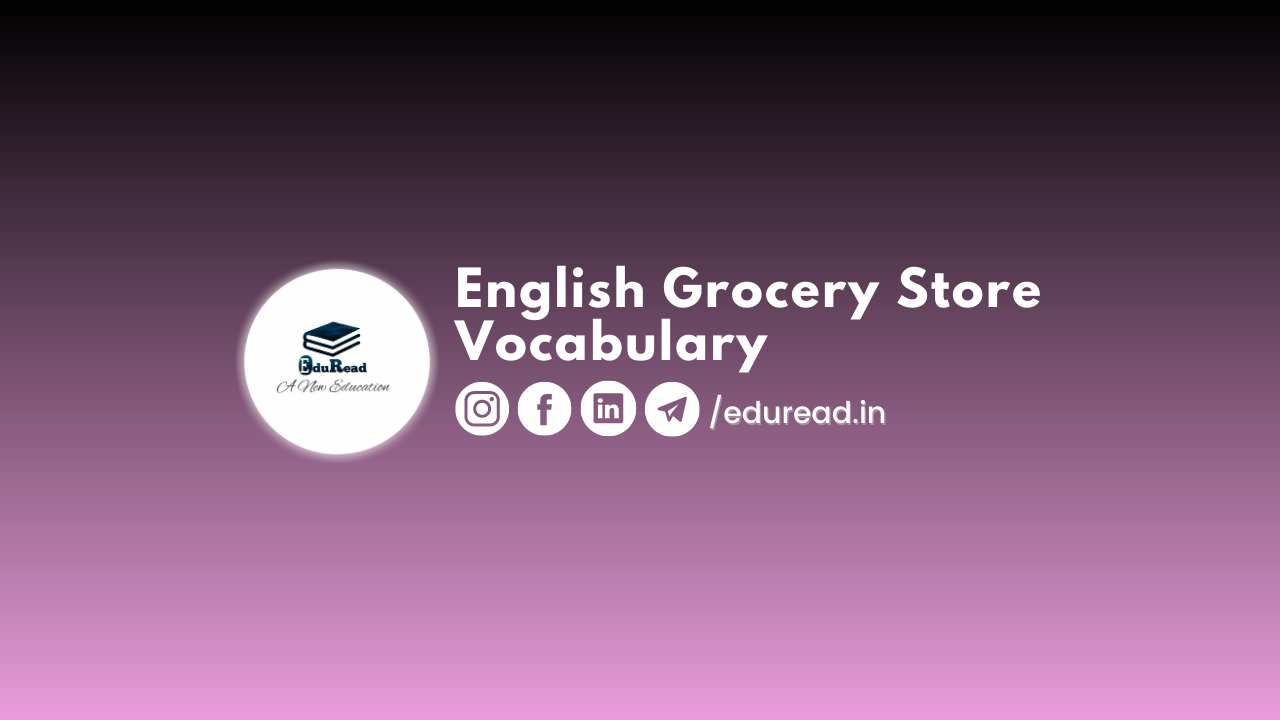Grocery stores are a common sight in English-speaking countries, and understanding the vocabulary associated with them can be useful for both locals and visitors alike.
Here are some key terms to know when navigating the aisles of an English grocery store:
- Aisle: The passageway between shelves where products are displayed.
- Basket: A handheld container used to carry items while shopping.
- Checkout: The area where customers pay for their purchases.
- Dairy: A section of the store that sells milk, cheese, and other dairy products.
- Fresh produce: Fruits and vegetables that are sold raw and unprocessed.
- Frozen food: Food that has been preserved by freezing and can be stored for longer periods.
- Groceries: Food and household items that are sold in a grocery store.
- Meat counter: The area where fresh meat and poultry are sold.
- Sale: A temporary price reduction on a particular item.
- Shelf: A horizontal surface used to display products.
When shopping in an English grocery store, it’s important to pay attention to the signs and labels that indicate the different sections and products. Here are some additional terms to be aware of:
- Brand: The name or logo associated with a particular product.
- Canned goods: Food that has been preserved in a can, such as soup or vegetables.
- Checkout line: The queue of customers waiting to pay for their purchases.
- Expiration date: The date after which a product is no longer safe to consume.
- Grocery bag: A bag used to carry purchased items.
- Organic: Products that are grown without the use of synthetic chemicals.
- Price tag: The label indicating the price of a product.
- Receipt: The slip of paper given to customers as proof of purchase.
- Special offer: A promotion or discount on a particular product.
- Weight: The amount of a product measured in units such as pounds or grams.
In addition to these terms, there are some common phrases that you may hear in an English grocery store. Here are a few examples:
- “Do you have this in stock?” – Asking if a particular product is available for purchase.
- “Can I help you find anything?” – Offering assistance to a customer who appears to be searching for a particular item.
- “Paper or plastic?” – Asking if the customer would like their purchases to be placed in paper or plastic bags.
- “Would you like a receipt?” – Asking if the customer would like a printed copy of their purchase.
- “Would you like a bag?” – Asking if the customer would like a bag to carry their purchases.
When it comes to grocery shopping in English-speaking countries, there are a few cultural differences to be aware of. For example, in the United States, it is customary to bag your own groceries after they have been scanned at the checkout. In the United Kingdom, on the other hand, it is more common for the cashier to bag the items for you.
Another difference is that in the United States, prices are typically displayed without tax included, while in the United Kingdom, prices are displayed with tax already included.
Regardless of these differences, understanding the vocabulary and phrases associated with grocery shopping can make the experience much smoother and more enjoyable. So next time you find yourself in an English grocery store, remember to keep these terms in mind and don’t be afraid to ask for help if you need it.
Follow Us for more such content to improve your speaking skills:
To know more, check out here: https://eduread.in/learn-hotel-english-vocabularyspeak-new-york/
And visit us for more

1 thought on “English Grocery Store Vocabulary | Speak New York”